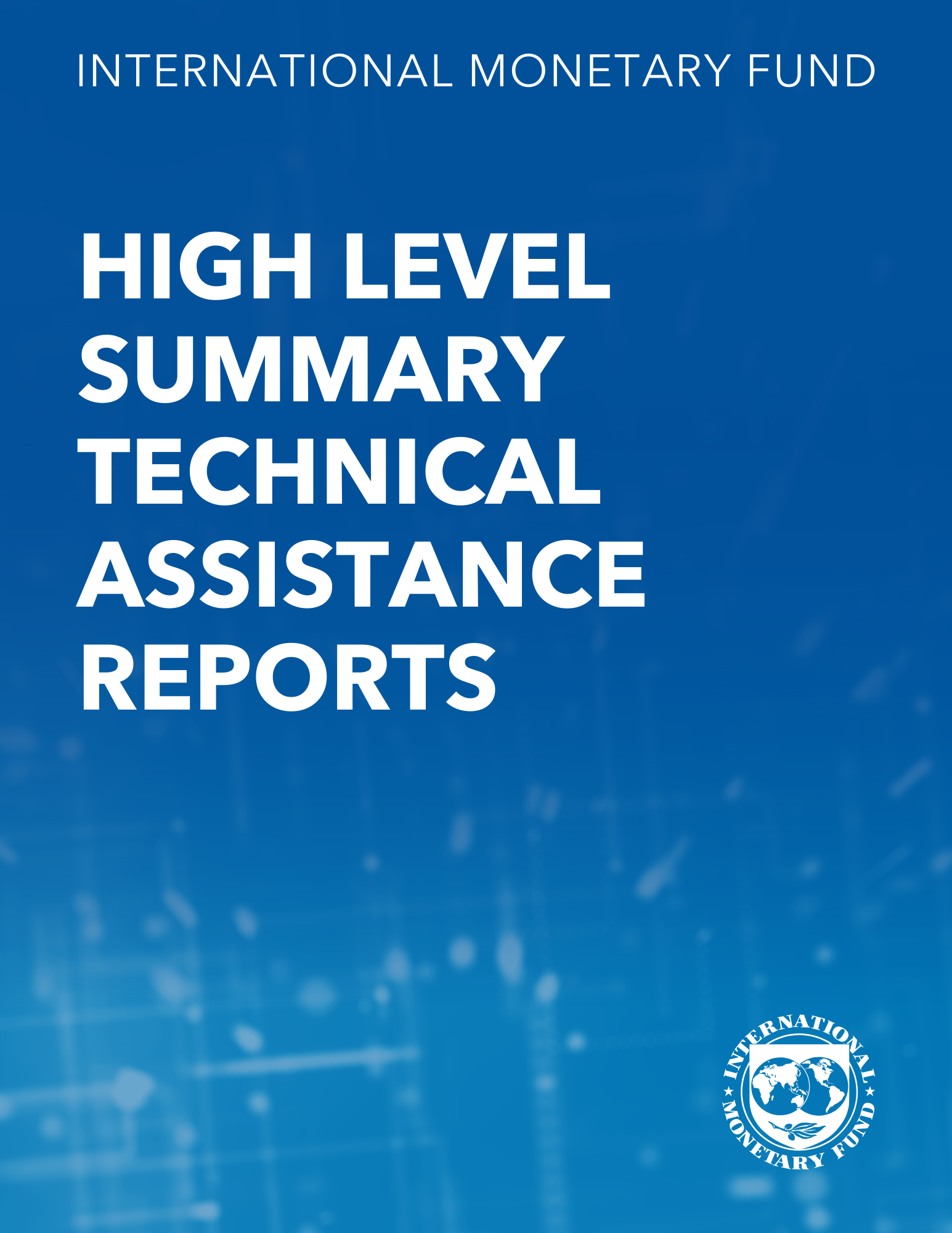Emerging Economy Responses to the Global Financial Crisis of 2007–09 - An Empirical Analysis of the Liquidity Easing Measures
December 1, 2009
Disclaimer: This Working Paper should not be reported as representing the views of the IMF.The views expressed in this Working Paper are those of the author(s) and do not necessarily represent those of the IMF or IMF policy. Working Papers describe research in progress by the author(s) and are published to elicit comments and to further debate
Summary
This paper draws on a unique data set on the nontraditional systemic liquidity easing measures recently undertaken by many emerging market economies. It offers an empirical analysis of the key determinants affecting the decision to undertake these measures over the period September 2008-March 2009. The paper finds that economy size, access to international credit markets, CDS spreads, currency depreciation, and current account balances are among the key factors influencing the adoption of these measures. It provides a rationale for the differences in central bank policy responses, which reflect differences in economic structures rather than conflicting views on fundamental principles. The paper also provides a preliminary assessment of the effectiveness of these measures and points out that despite their positive impacts, they have not fully shielded the real economy from the recent financial meltdown.
Subject: Domestic liquidity, Exchange rates, External debt, Foreign exchange, Liquidity indicators
Keywords: CDS spread, liquidity measure, support measure, swap facilities, WP
Pages:
34
Volume:
2009
DOI:
Issue:
265
Series:
Working Paper No. 2009/265
Stock No:
WPIEA2009265
ISBN:
9781451874105
ISSN:
1018-5941






